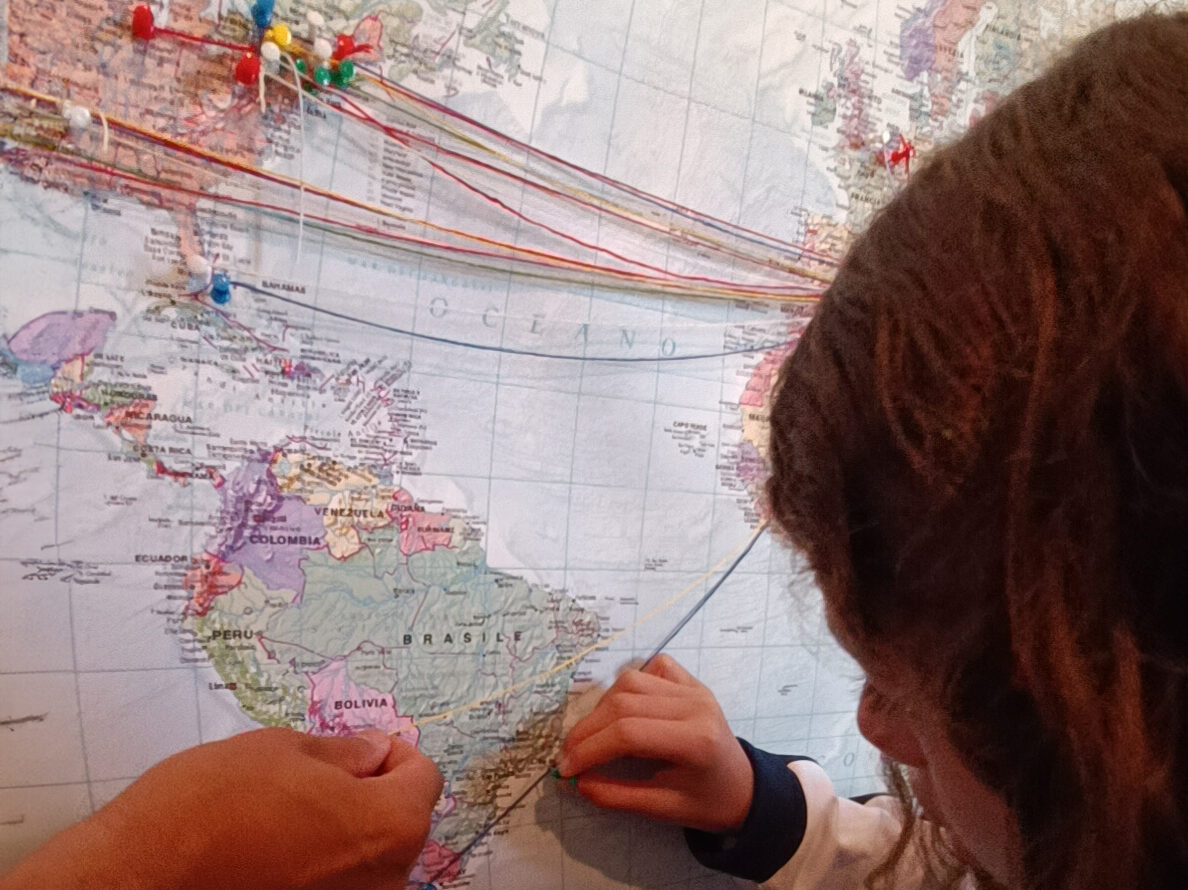How to combine official records and family memories to find the home where generations before you once lived.
Discovering the house where your ancestors once lived is a powerful and emotional journey into your family’s past. With the right tools and a bit of patience, you can reconstruct your family history and perhaps even locate the very home that once belonged to them. Here are some essential steps to guide you through the process.
Official records: following the paper trail
Start by examining family documents such as birth, marriage, and death certificates — they often contain valuable details about past addresses. Parish records and local censuses can also be incredibly useful in identifying places of origin. Land registry archives (catasto) may also help, although they often require some technical knowledge to navigate.
Oral history: memories passed down
Sometimes, the most revealing clues come from older relatives. Their memories can point you toward the likely location of your ancestral home. Old family photos can also provide visual hints that help identify buildings or neighborhoods.
Exploring the area
If your research leads you to a specific place, visiting that town or village can be a meaningful experience. Talking with locals — especially elderly residents — can uncover stories, names, and details that bring the past to life.
Photos and historical maps
Images from the past can help you track changes in the landscape over time. Old maps of the region may also provide details about buildings that have been altered or no longer exist, helping you locate sites with historical relevance.
Support from Municipal Offices
Finally, reach out to local municipal offices for assistance. Many local archives preserve civil records and land registries that could prove crucial in your search.




